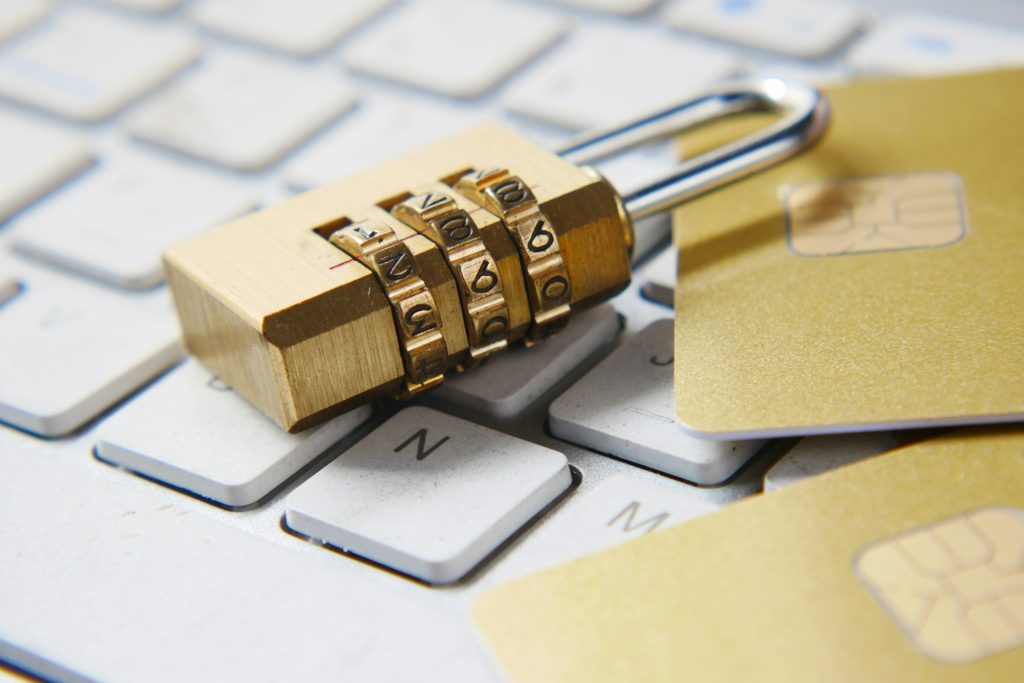As a business the task of safeguarding valuable assets has, and continues to become more challenging with technology and information continually evolving. Establishing and maintaining an Information Asset Register (IAR) is just one element of this safeguarding and provides a comprehensive inventory of an organisation’s data and information resources. This in turn enables better management, protection, and utilisation of these assets.
In this article, we will explore how an Information Asset Register can contribute to enhanced security, regulatory compliance, and overall operational efficiency.
1. Identification and Classification
An IAR starts by identifying and classifying the diverse variety of information assets within an organisation. This process involves categorising data based on its sensitivity, criticality, and relevance to business operations. By creating a detailed inventory, organisations gain a clearer understanding of the data they possess, allowing for targeted protective measures.
Understanding the risks associated with each information asset is vital for effective risk management. An IAR facilitates the assessment of potential threats and vulnerabilities, helping organisations prioritise resources and efforts to mitigate these risks. By categorising assets according to their importance, organisations can allocate security measures proportionately, ensuring that their most critical information receives the highest level of protection.
3. Regulatory Compliance
In an era of increasing data protection regulations, compliance is paramount. An IAR supports organisations in maintaining compliance with data protection laws and industry regulations. By documenting how information is collected, processed, and stored, organisations can demonstrate accountability and transparency to regulatory authorities. This proactive approach not only reduces the risk of legal consequences but also builds trust with customers and partners.
4. Access Control and Authorisation
Efficient management of information assets involves controlling who has access to what data. An IAR provides a foundation for implementing robust access control measures. By clearly documenting the individuals or roles authorised to access specific information assets, organisations can prevent unauthorised access, reducing the risk of data breaches and insider threats.
5. Data Lifecycle Management
Information assets have a lifecycle, from creation to archival or disposal. An IAR aids in managing this lifecycle effectively. By tracking when data is created, accessed, modified, and deleted, organisations can optimise storage resources, reduce clutter, and ensure compliance with data retention policies. This not only enhances efficiency but also streamlines compliance efforts.
6. Incident Response and Recovery
Despite the best preventive measures, security incidents can still occur. An IAR plays a crucial role in incident response and recovery. By having a clear record of information assets, organisations can quickly identify compromised data and take swift action to contain and recover from security breaches. This minimises the impact of incidents and aids in the restoration of normal business operations.
7. Resource Optimisation
An IAR is a valuable tool for optimising resources. By understanding the value and importance of each information asset, organisations can allocate resources more effectively. This includes investments in security measures, staff training, and technology solutions.
An IAR is a cornerstone of modern information management and security practices. By providing a centralised inventory of information assets, organisations can enhance their security measures, achieve regulatory compliance, and optimise operational efficiency. With the digital landscape continuing to evolve, those businesses that prioritise the development and maintenance of a robust IAR will be best placed to navigate the challenges of an increasingly data-centric world.ProvePrivacy allows your organisation to demonstrate that it has the technical and organisational measures and reporting to support processes, with your ROPA directly connected to a live information asset register. Book a demo.








